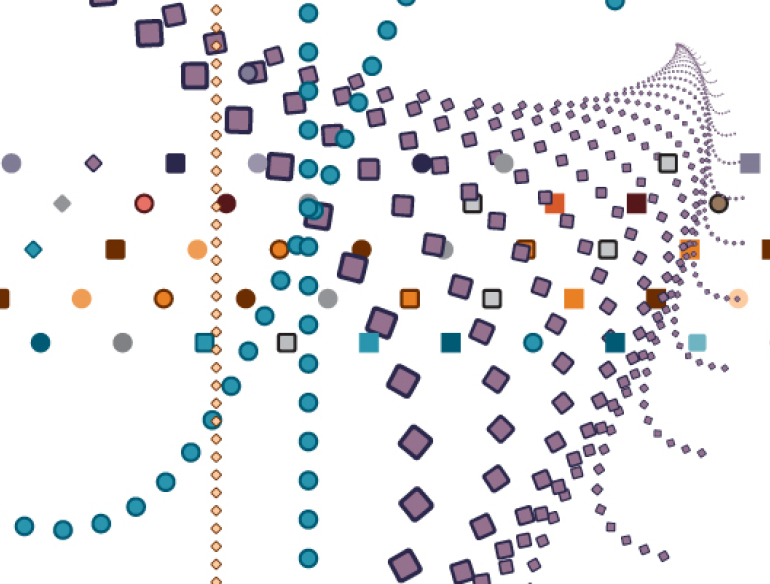- At the end of 2016, an estimated 230,034 people were living with chronic hepatitis B infection in Australia.
- In Australia, most hepatitis C transmission occurs through unsterile injecting drug use practices, with hepatitis C antibody prevalence of 51% among people who inject drugs attending needle and syringe programs in Australia.
- There were 23,887 cases of gonorrhoea notified in 2016 which is a 29% increase from 18,511 notifications in 2015; 3,779 (16%) notifications in the Aboriginal and Torres Strait Islander population, and 8,450 (35%) notifications for which Indigenous status was not reported.
- The notification rate of chlamydia in the Aboriginal and Torres Strait Islander population was nearly three times that in the non‑Indigenous population in 2016 (1193.9 vs 419.0 per 100,000 population).
- During 2016, an estimated 26,444 people were living with HIV and 89% or 23,648 were diagnosed. Transmission of HIV in Australia continues to occur primarily through sexual contact between men.
This report provides an annual account of progress against the objectives of Australia’s National blood‑borne virus (BBV) and sexually transmissible infections (STIs) Strategies.
In June 2014, Australia’s federal, state and territory health ministers endorsed five new National Strategies for hepatitis B, hepatitis C, STIs, and human immunodeficiency virus (HIV) together with a National Aboriginal and Torres Strait Islander BBV and STI Strategy.
The targets and associated objectives of the National Strategies are to improve testing, treatment and uptake of preventative measures for hepatitis B, hepatitis C, STIs and HIV, and to reduce the incidence, morbidity, mortality and personal and social impacts they cause. Each objective has a series of measurable indicators for monitoring progress. The five National Strategies cover the period 2014 – 2017.
This report describes the targets, objectives and indicators of the National Strategies, and the level of progress being made in response. It provides measurement of the effectiveness of our national response and highlights areas requiring attention.

